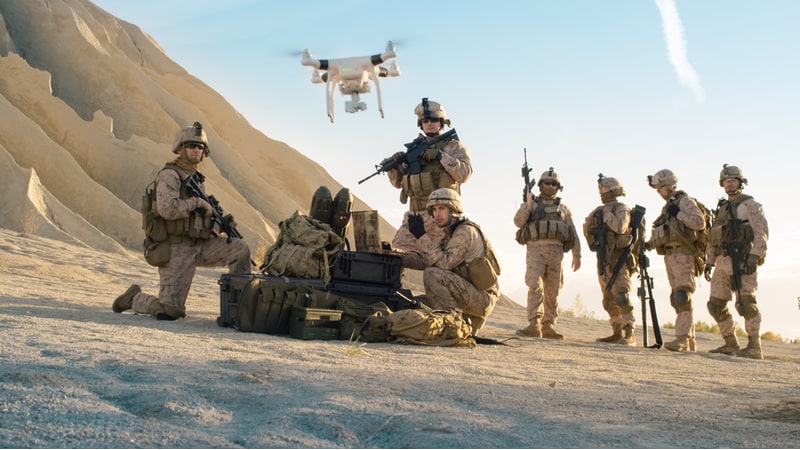
U.S. and British soldiers teamed up this week to test systems designed to counter battlefield drone threats, putting into action Defense Secretary Pete Hegseth’s directive to accelerate drone integration and training across the military.
Soldiers from the U.S. Army’s 2nd Cavalry Regiment and the British Army’s 1st Royal Yorkshire Regiment collaborated to assess technologies aimed at countering unmanned aerial systems (UAS) during the fourth iteration of Project Flytrap, a series of joint counter-UAS (C-UAS) military exercises held in Germany and Poland.
The exercise focused on refining tactics and evaluating C-UAS systems in response to the growing use of drones on the battlefield.
“Project Flytrap is … a series of training events that we’ve designed to test and refine some new counter-unmanned aerial systems … and tactics to respond to the evolving threat of drone warfare,” Col. Matthew B. Davis, V Corps transformation chief and director of the exercise, said in a statement.
The exercise included U.S. military personnel, partner nation forces, and industry representatives, according to Davis. Participants from the involved militaries worked alongside industry experts to support the ongoing development and refinement of C-UAS technologies.
“Think of a soldier operating a piece of equipment with the person from industry next to them,” said Col. Donald R. Neal, commander of the 2nd Cavalry Regiment. “The soldier gives feedback … they make that change, they test it out, and they iterate on it.”
Eight systems from four industry providers were tested, incorporating radar, radio frequency detection and jamming, optical, and audio sensors.
“What we’re doing here – think of the convergence of industry, of Army agencies with C-UAS things that have been around and some that are emerging, taking it out of the labs, putting it in the field with combat soldiers,” he said.
Neal also noted that as a combat brigade, the 2nd Cavalry Regiment’s role extends beyond equipment evaluation. Soldiers are tasked with integrating new C-UAS technologies into existing tactics and reporting their findings to inform broader Army implementation.
According to Neal, Project Flytrap is exactly the kind of drone-related work Hegseth pushed for earlier this month in his July 10 memorandum “Unleashing U.S. Military Drone Dominance,” which called for accelerating the integration of drone technologies and training across the military.
Neal explained the secretary’s directive emphasizes incorporating drones into military training – an approach reflected in the design of Project Flytrap.
“That’s exactly what Project Flytrap is doing. You’ve got troops that are fighting each other, force-on-force, that are incorporating small UAS and C-UAS, all in the same battle drills that we’ve done for decades,” Neal said.
“So, I think we’re nested, we’re right within that intent on figuring this out and training with it now, so the first time we’re encountering it isn’t on the battlefield,” he added.
